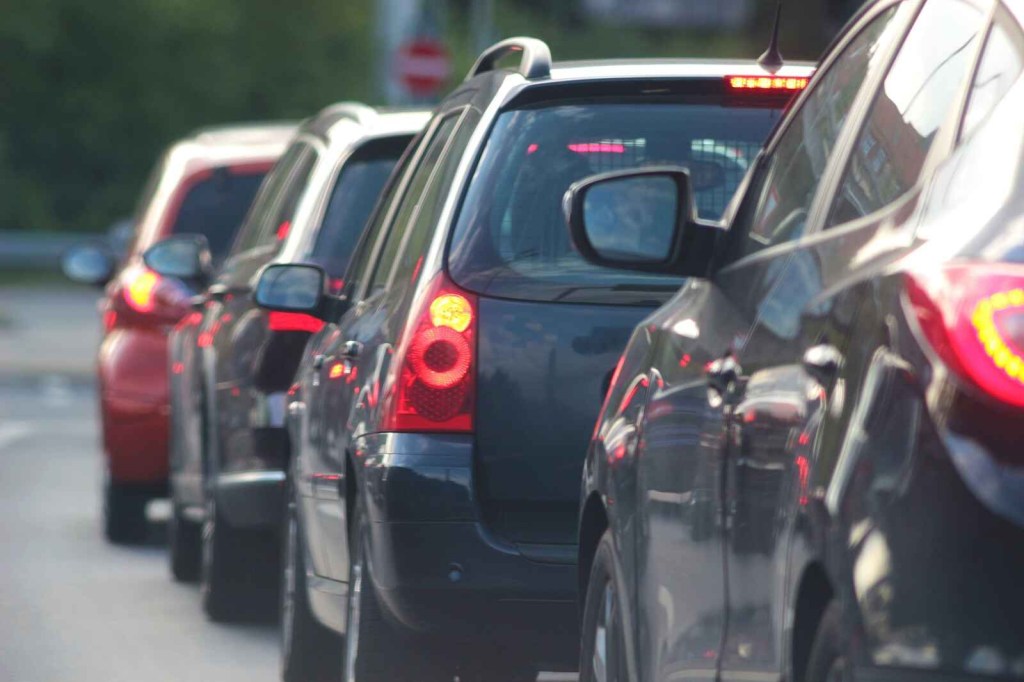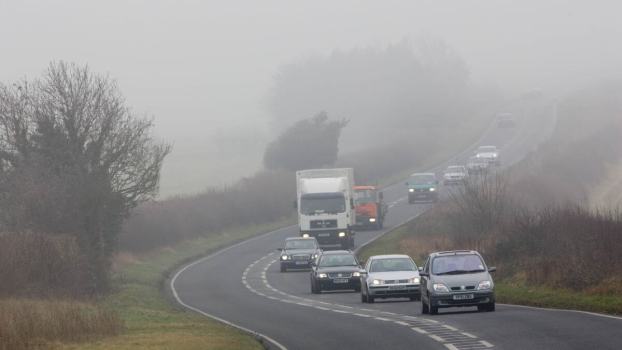
Does Tailgating Actually Increase Speed or Have the Opposite Effect?
When you look in the rearview mirror, and the car driving behind you is so close you can’t see their headlights, what do you do? This person behind you might want you to drive faster, but is it your first instinct to accelerate or to get angry at the person tailgating you? Increased speed can lead to more car accidents, and tailgating certainly impedes car safety out on the open road. Does tailgating make things more dangerous for everyone on the road? Let’s explore.
Does tailgating increase speed?

Tailgating is a form of aggressive driving that can lead to road rage. In most cases, riding a person’s bumper is dangerous and slows down traffic flow. By driving too close to the car in front of you, that driver has to pay more attention to you than the road ahead.
How should you respond to a tailgater? Although some of us might slow down and try to block the offending driver from passing, this only worsens things for everyone on the road. Progressive Insurance tells us the best way to handle a tailgater is:
- Remain calm
- Allow the tailgater to pass
- Stay steady – keep your speed even
- Don’t slam on your brakes
- Be extra cautious
Some drivers are under the impression that every rear-end collision is the driver’s fault at the back, but that’s not the case. If you slam on your brakes and cause a tailgating driver to hit your car, the insurance company could find you at fault.
Why do semi-trucks tailgate?
Semi-truck drivers are professionals, paid to bring a load of goods from one place to another. Driving these big rigs requires skill and alertness at all times. These big trucks carry up to 80,000 pounds of cargo and need our help driving safely.
Here are four reasons a semi-truck driver might be tailgating you:
- If you’re driving under the posted speed limit
- If you don’t maintain a steady speed
- The semi driver is preparing to pass you
- The truck driver is having a very bad day
As you can see, only one of these reasons has anything to do with emotion and potential road rage. If a semi-truck is closely following your vehicle, let them pass and move on to their destination safely.
Is tailgating illegal?
Tailgating, or following too closely, is the most common traffic law drivers break. The general rule is to leave a three-second following distance between each car, which should be enough space for you to react, slow down, and avoid a collision with the car in front of you.
While each state describes tailgating differently, it is the leading cause of car accidents, accounting for nearly 30% of all car accidents. These rear-end collisions result in 2,000 deaths and 950,000 injuries in the United States every year. Considering the dangers, it seems police should enforce this law more ardently than in the past.
Do tailgaters cause road rage?
Driving too close to the car in front of you is one of the most common ways to invoke road rage in the other driver. As The Zebra tells us, some of the road rage statistics are:
- 12,160 injuries and 218 murders attributed to road rage over a seven-year period in the United States
- 66% of traffic fatalities are caused by aggressive driving
- 50% of drivers respond to the careless acts of other drives with aggressive behavior
- 37% of aggressive driving incidents involve a firearm
Considering the dangers associated with tailgating, you should never drive too close to others on the road. Additionally, here are five reasons not to tailgate other drivers:
- Tailgating is illegal
- It’s dangerous and can lead to injuries or death
- Tailgating doesn’t make other cars go faster
- This act is ego-driven
- Tailgating creates a stressful experience for all drivers in the area
If you encounter other drivers tailgating you, let them pass, try to stay calm, and get on with your day. With that in mind, avoid becoming a tailgater and add to car safety out on the road.





